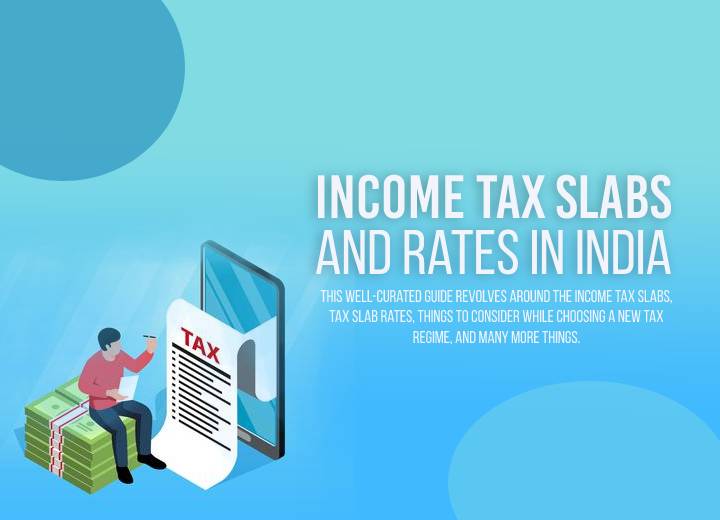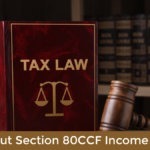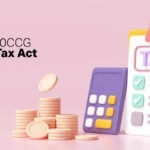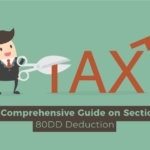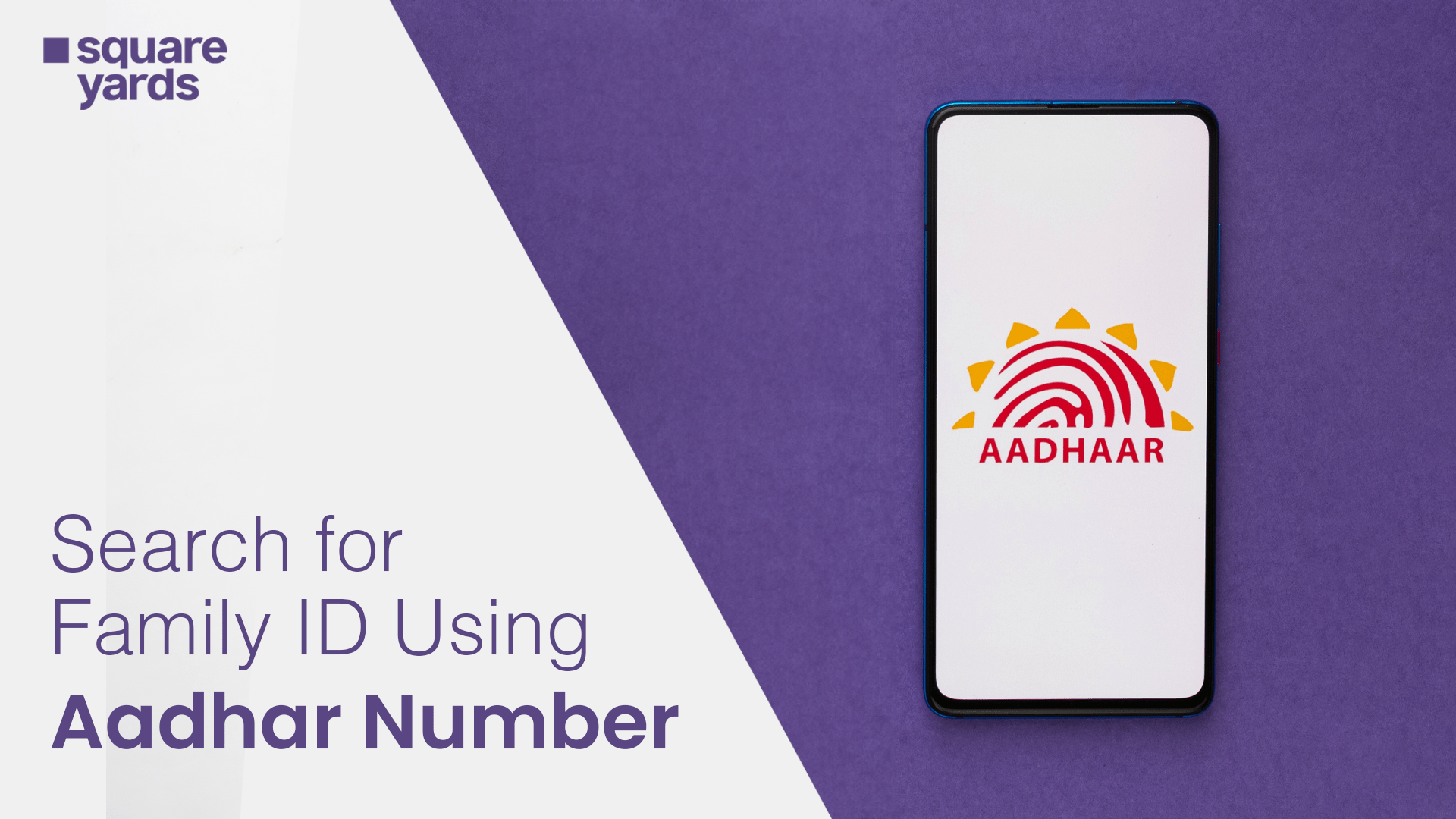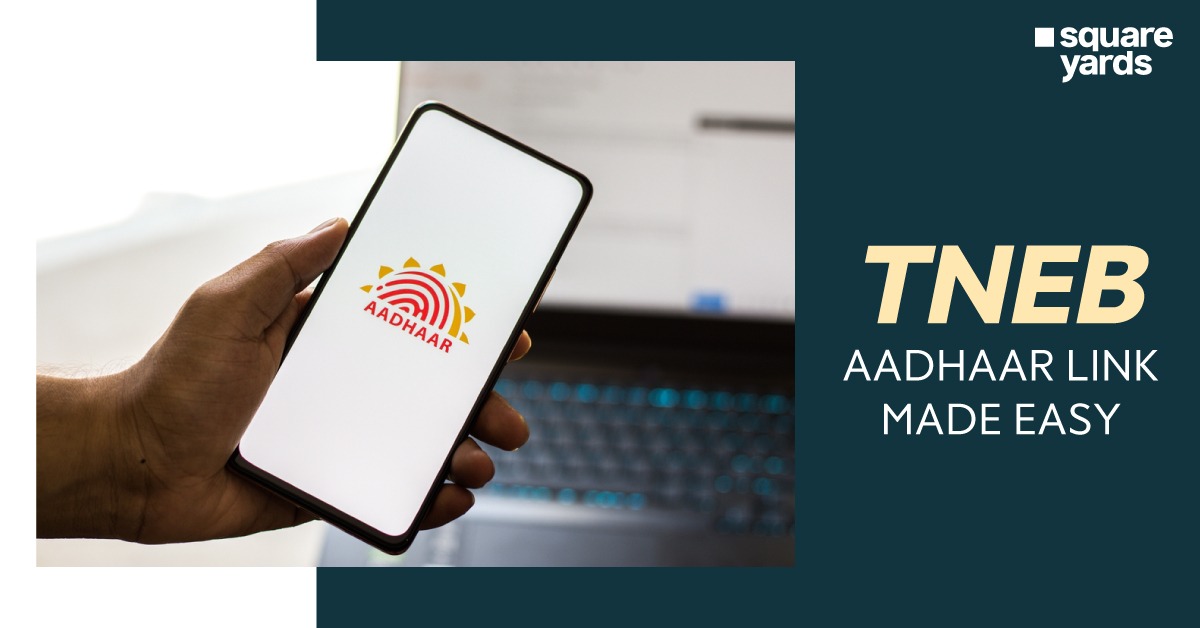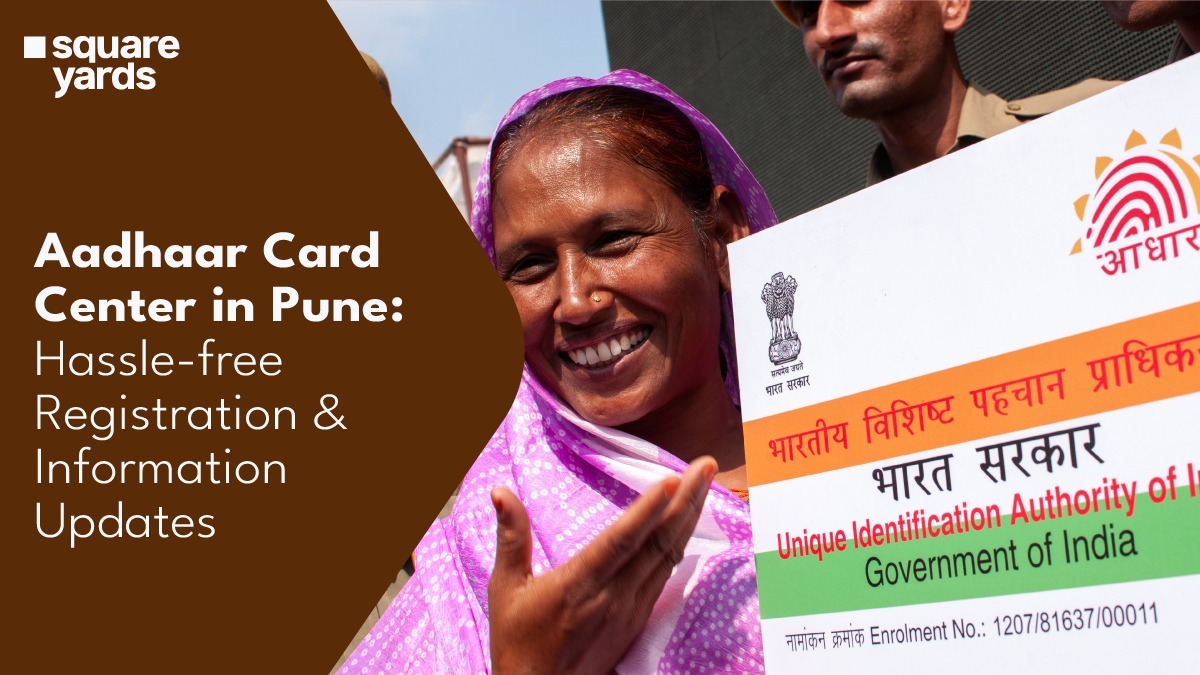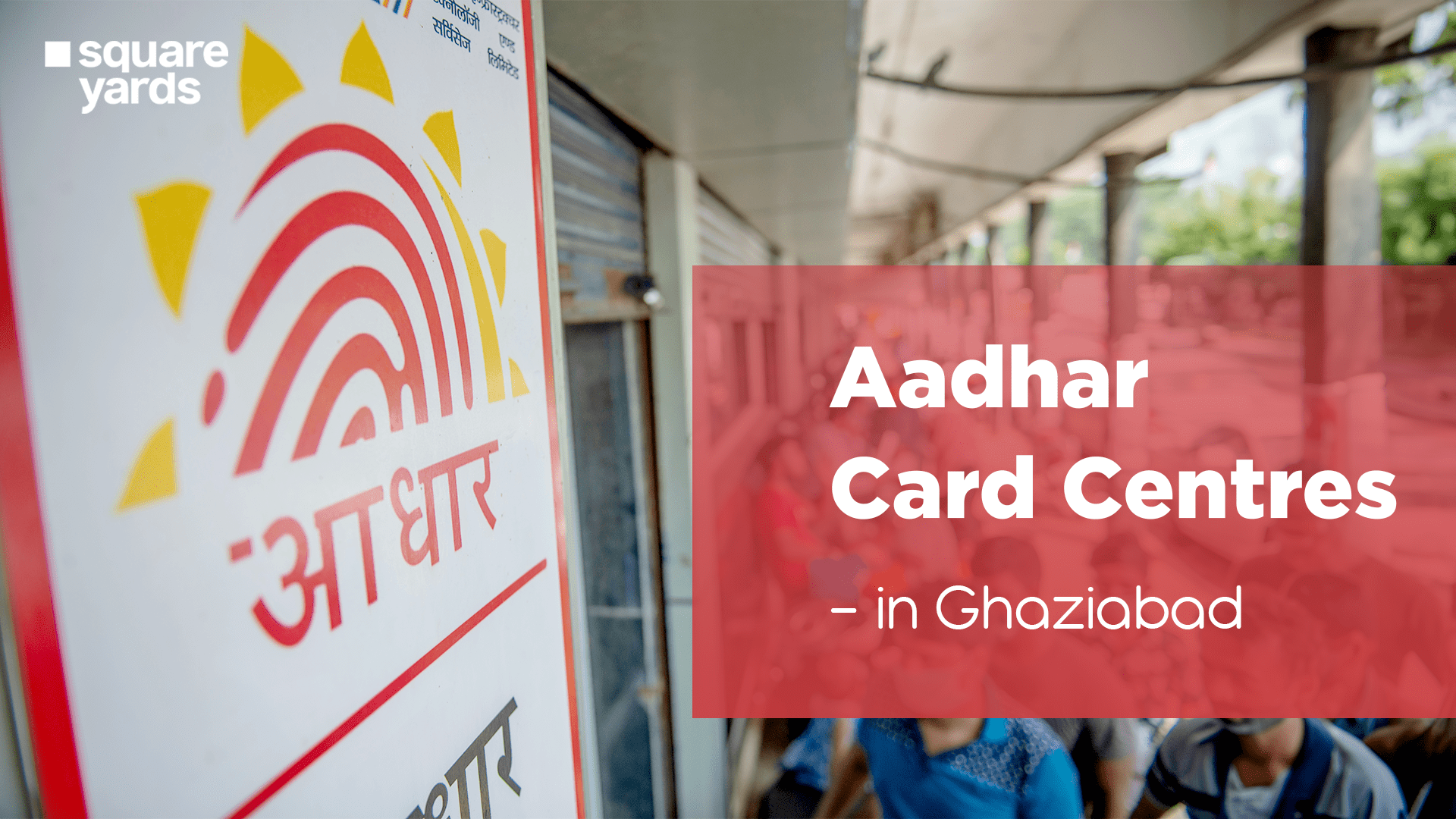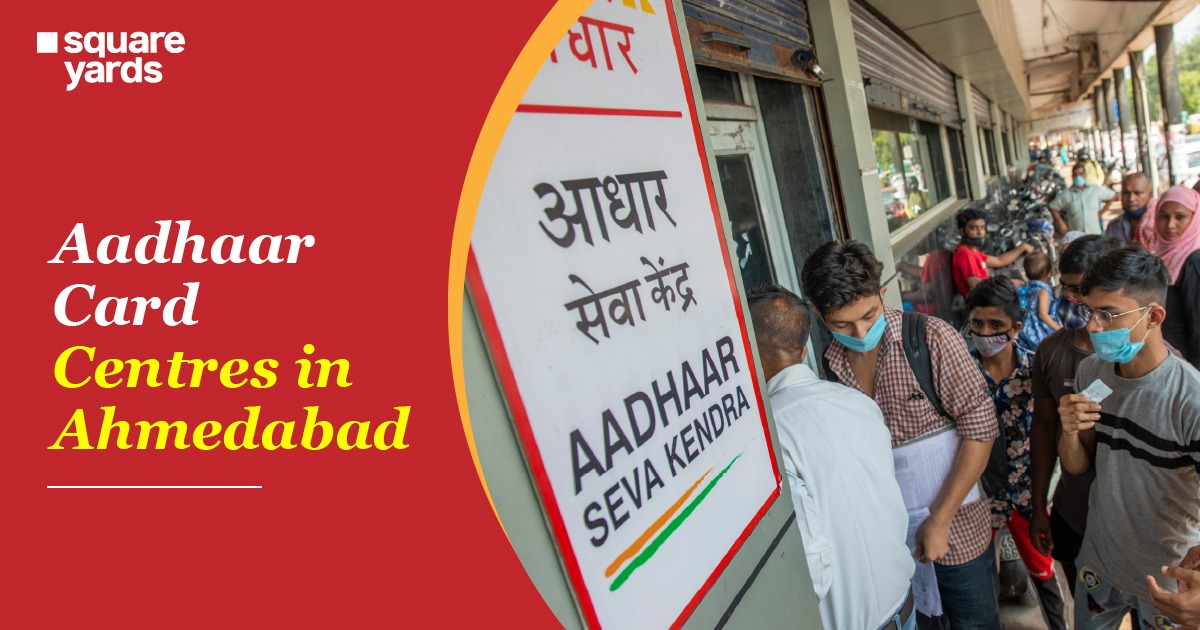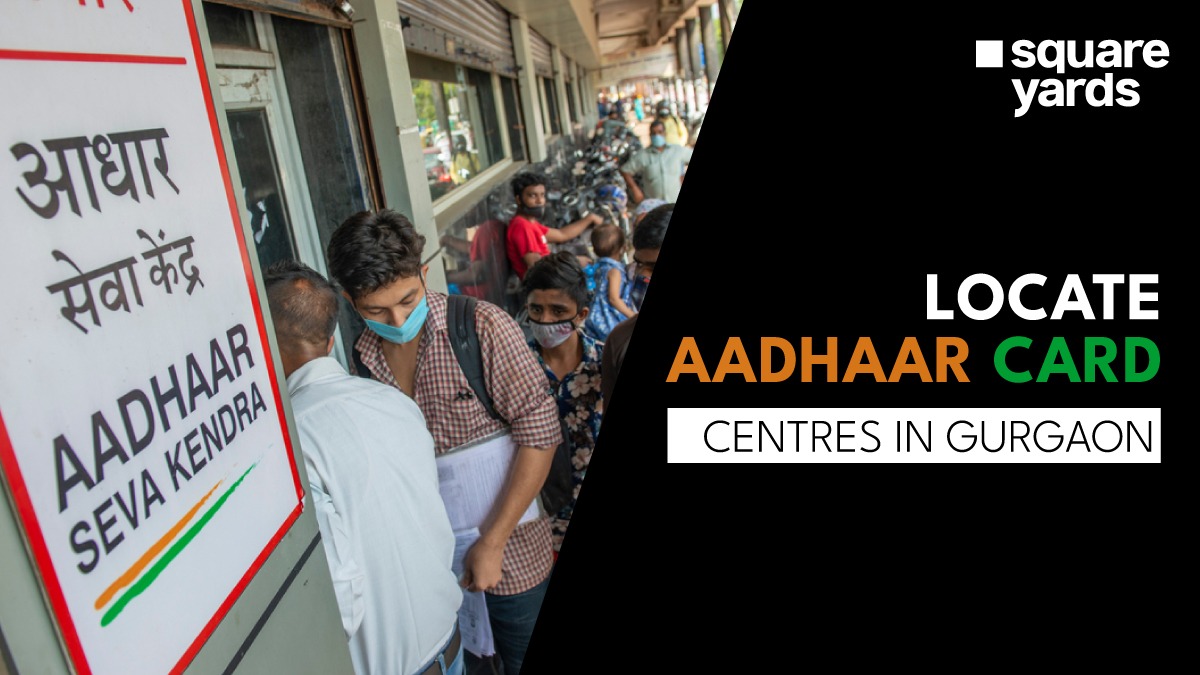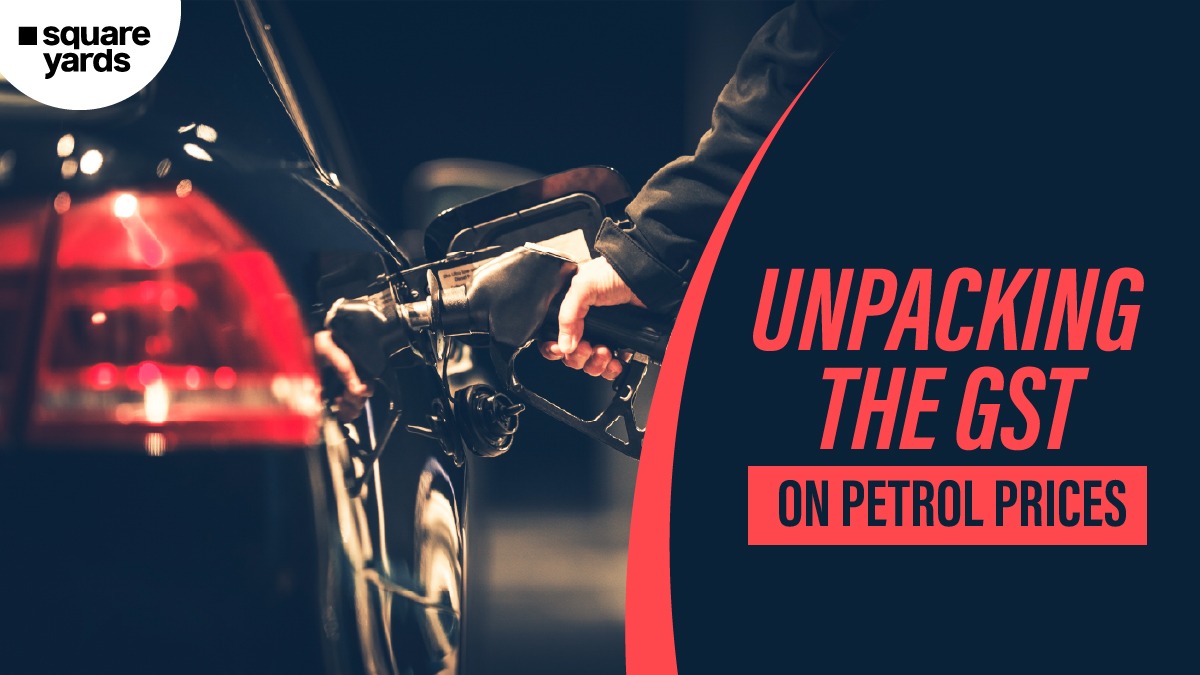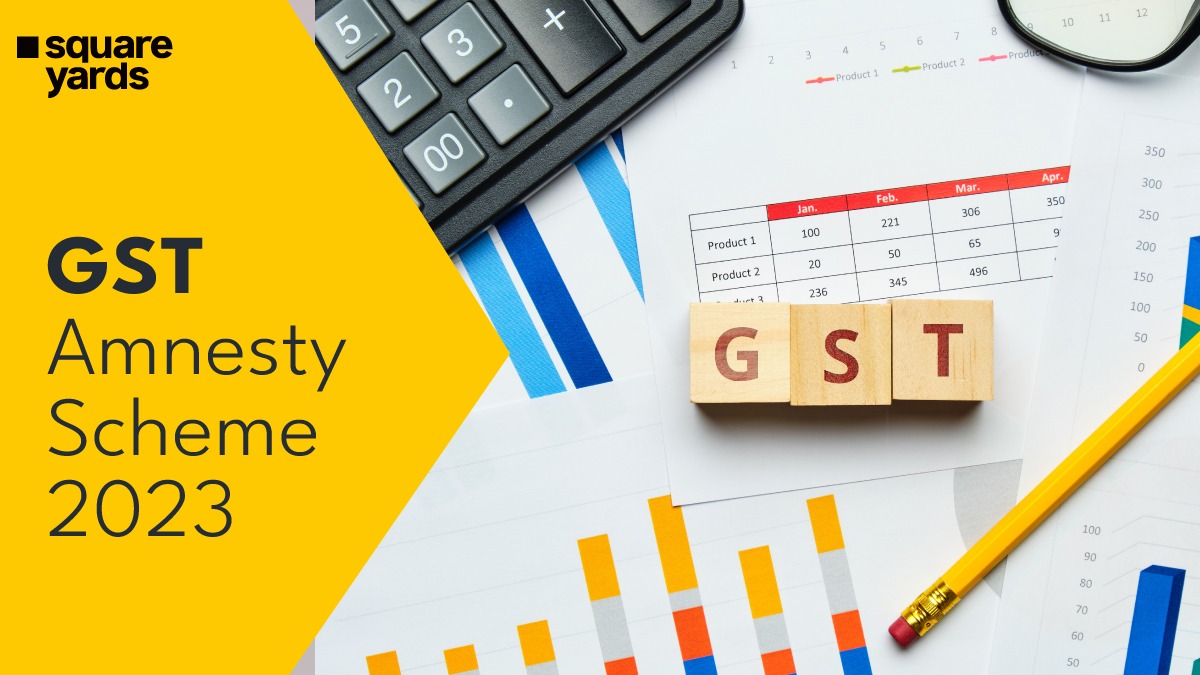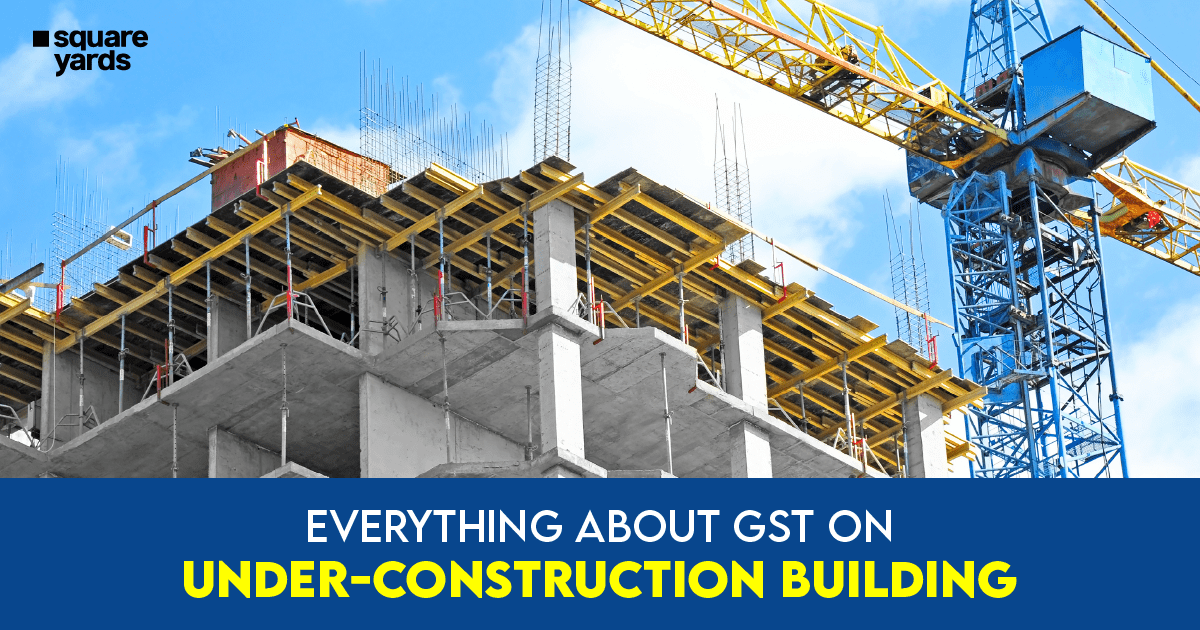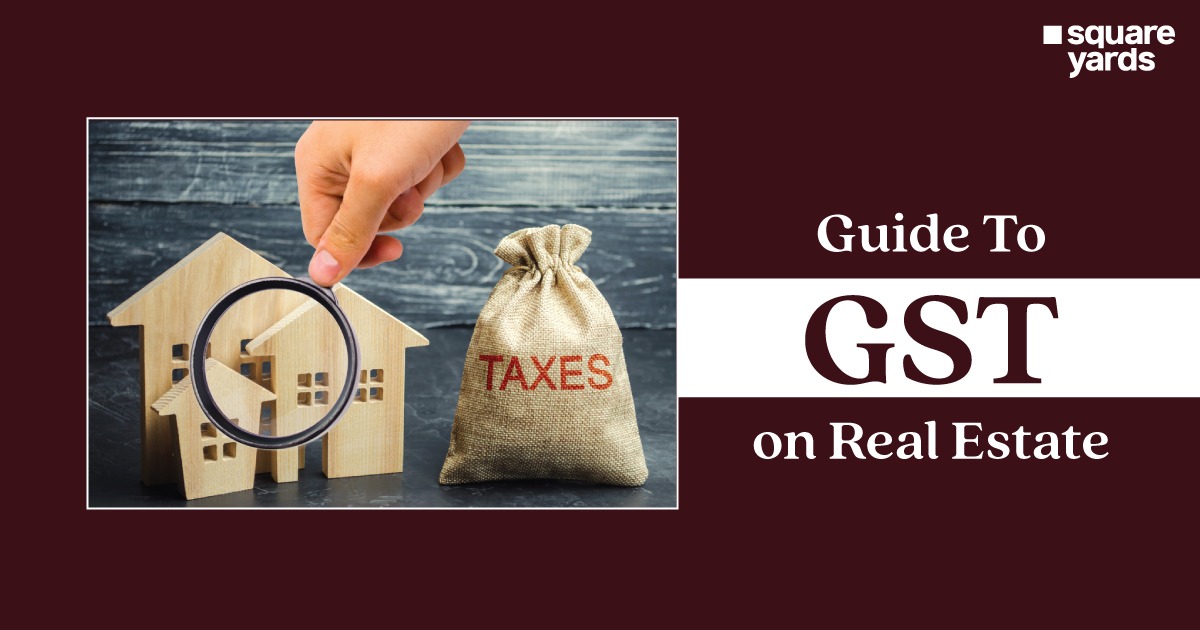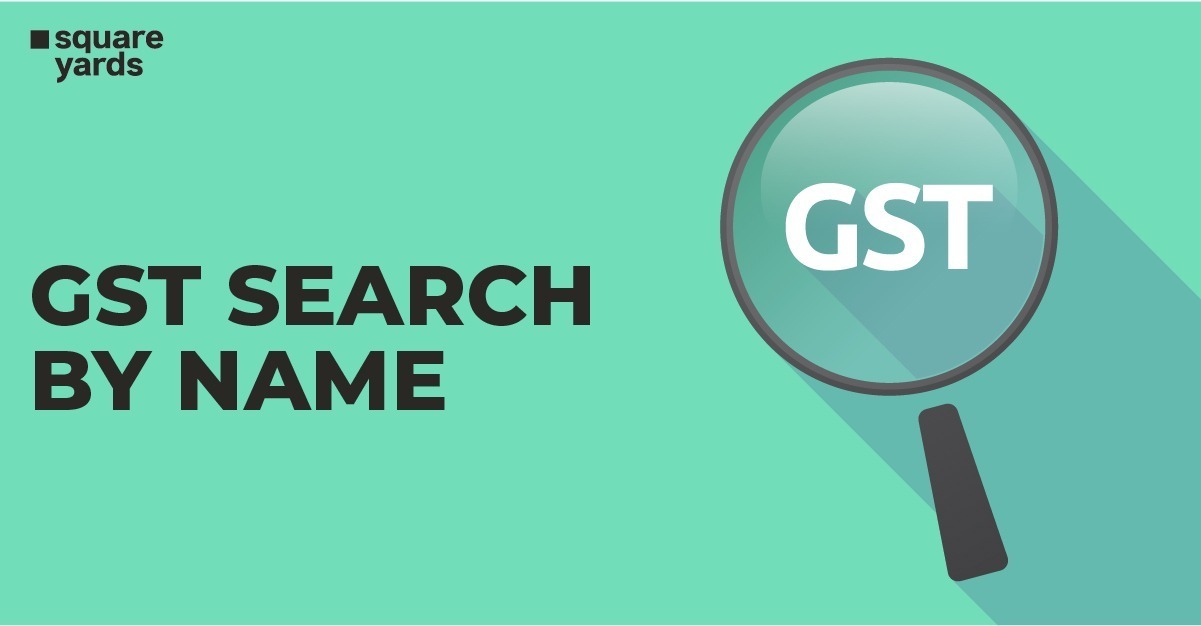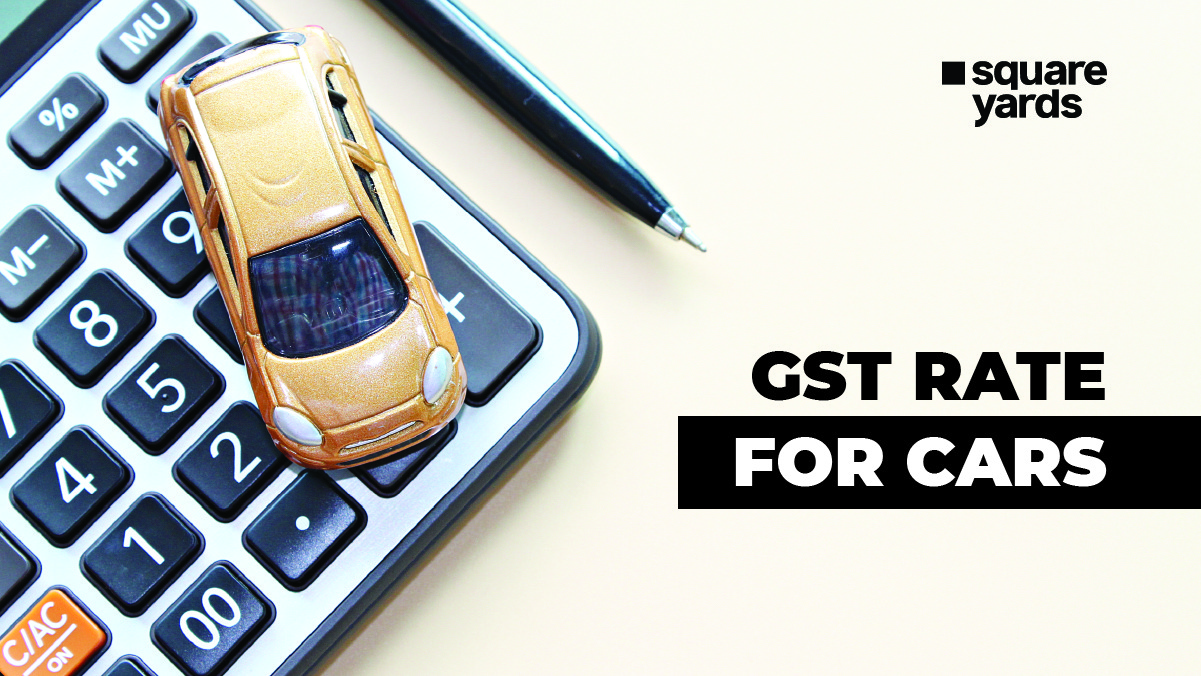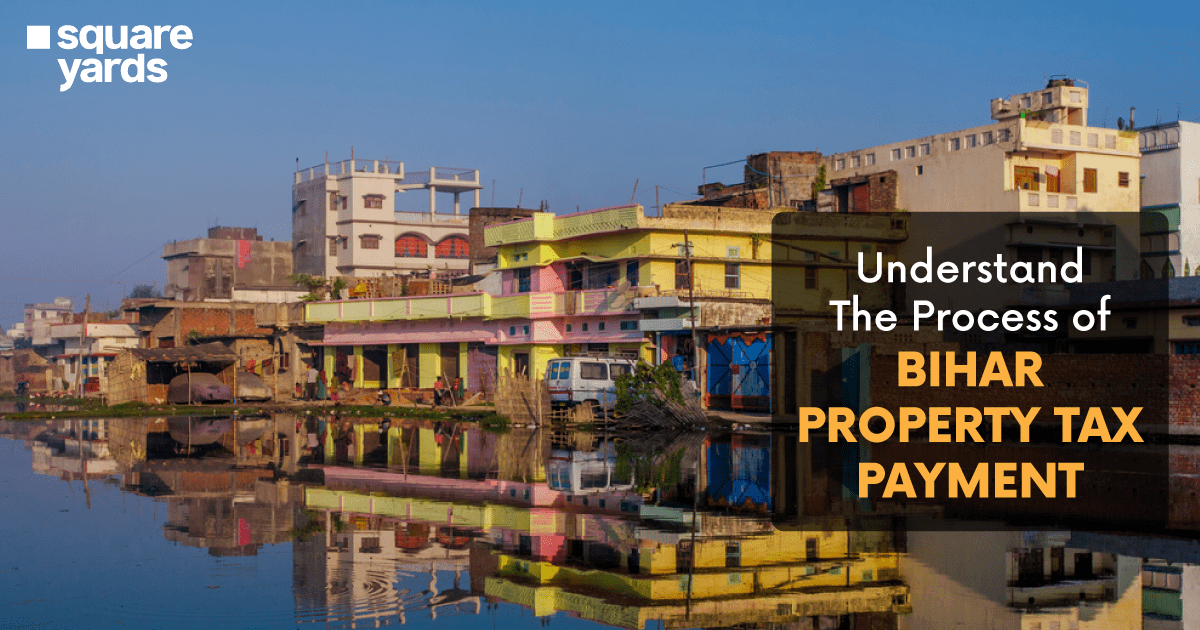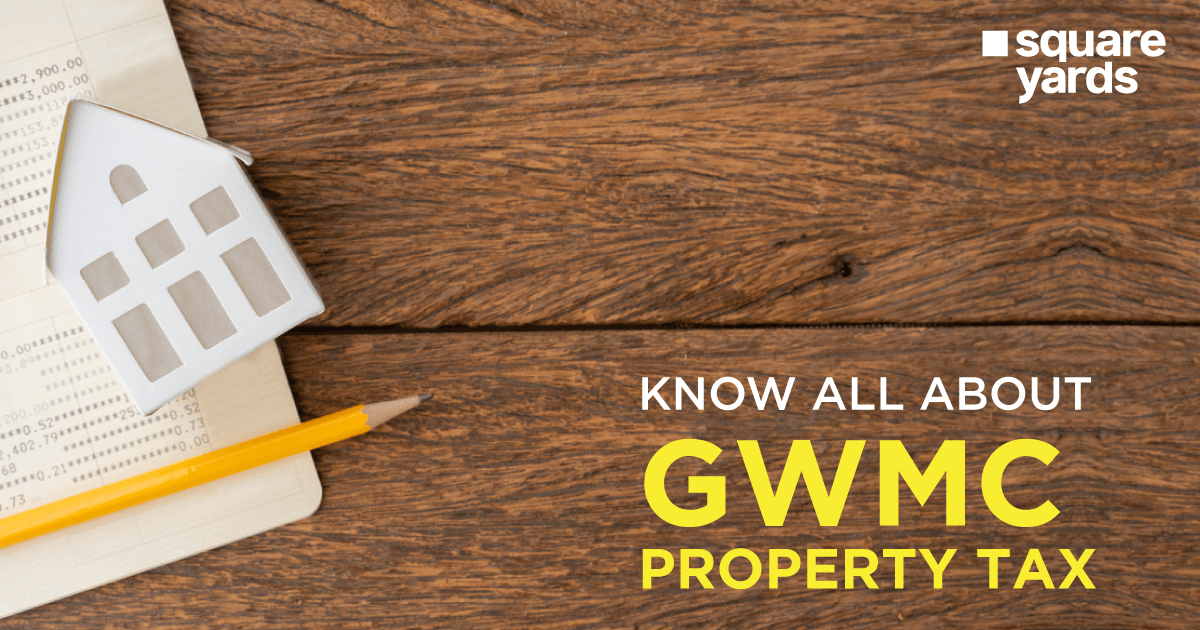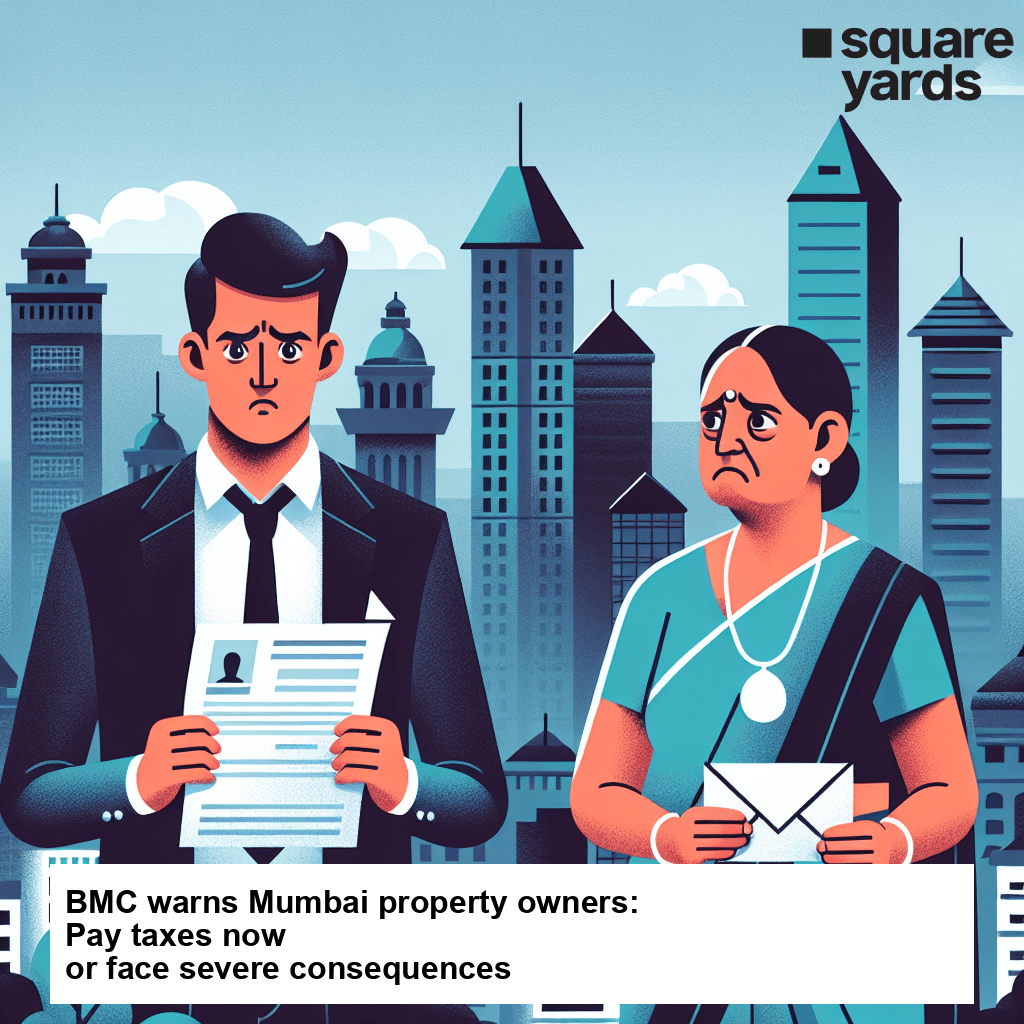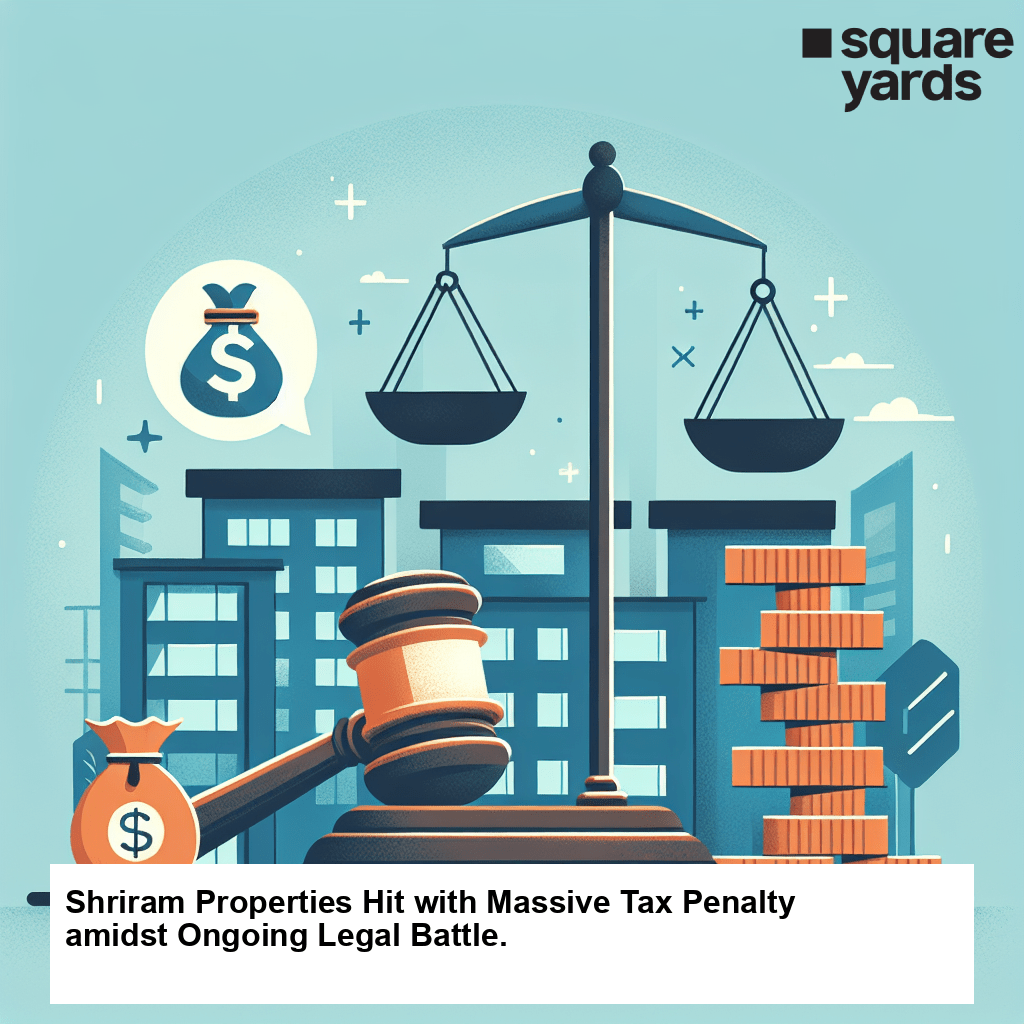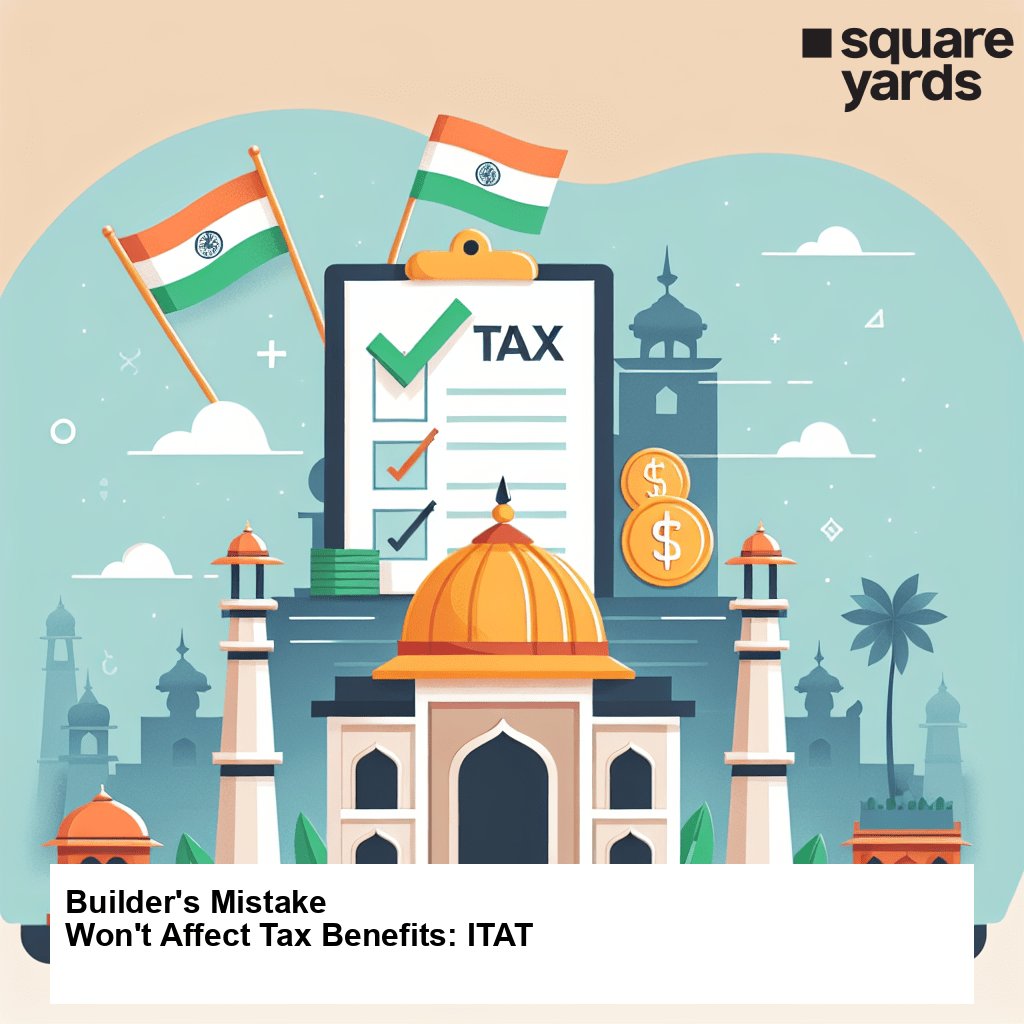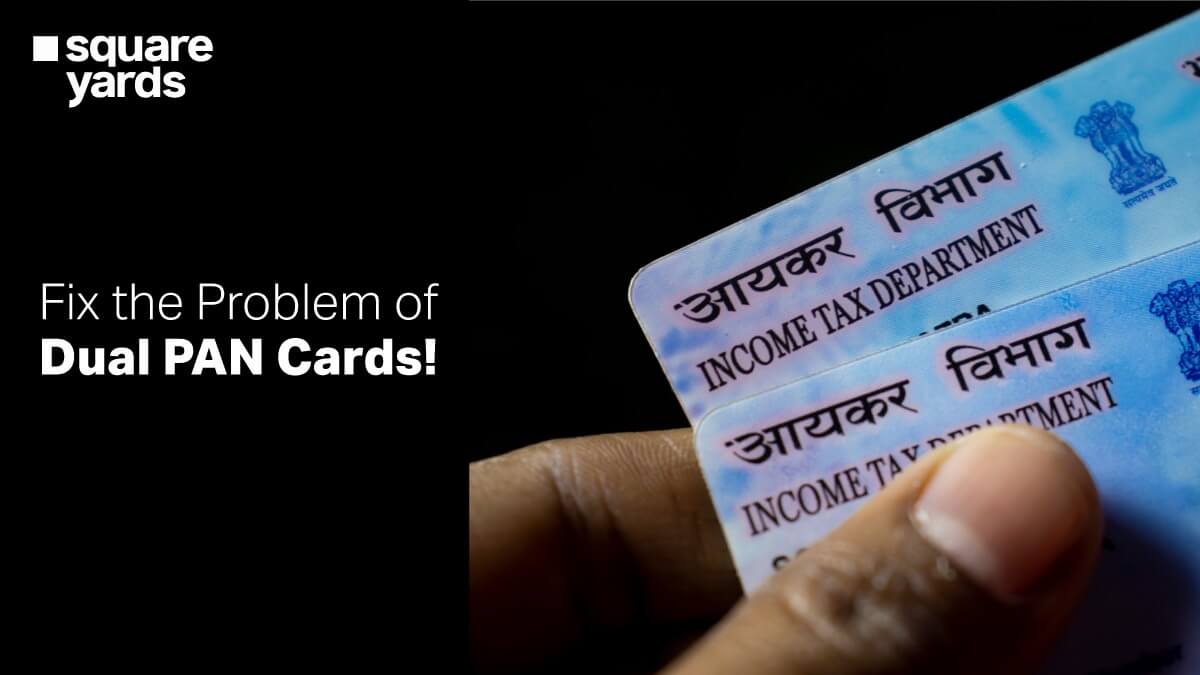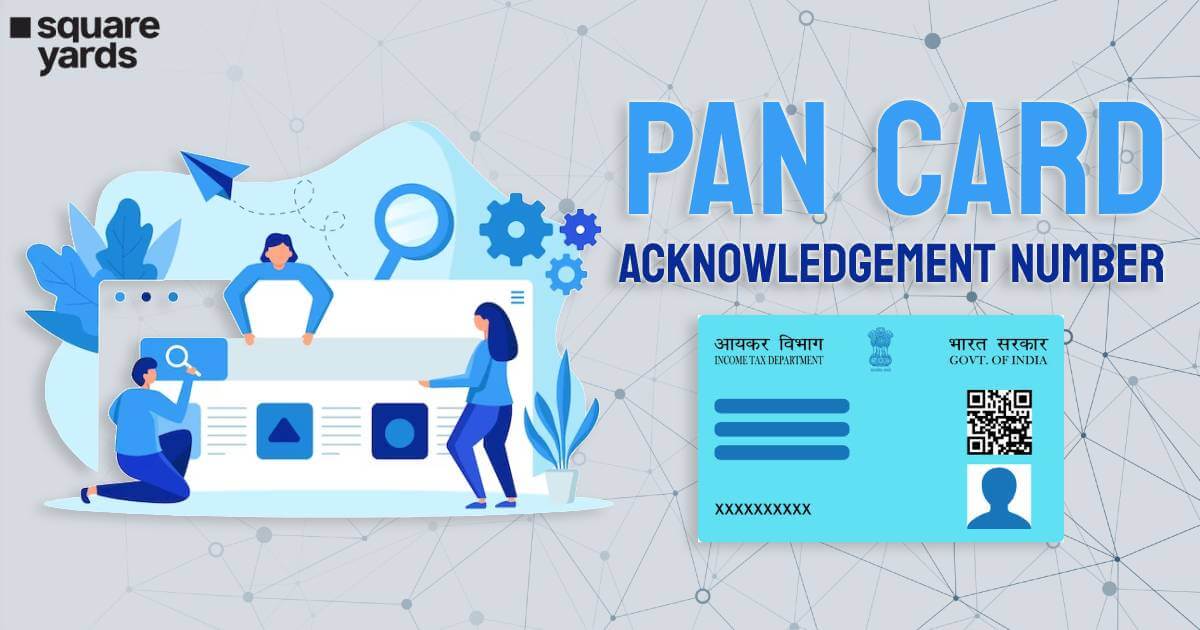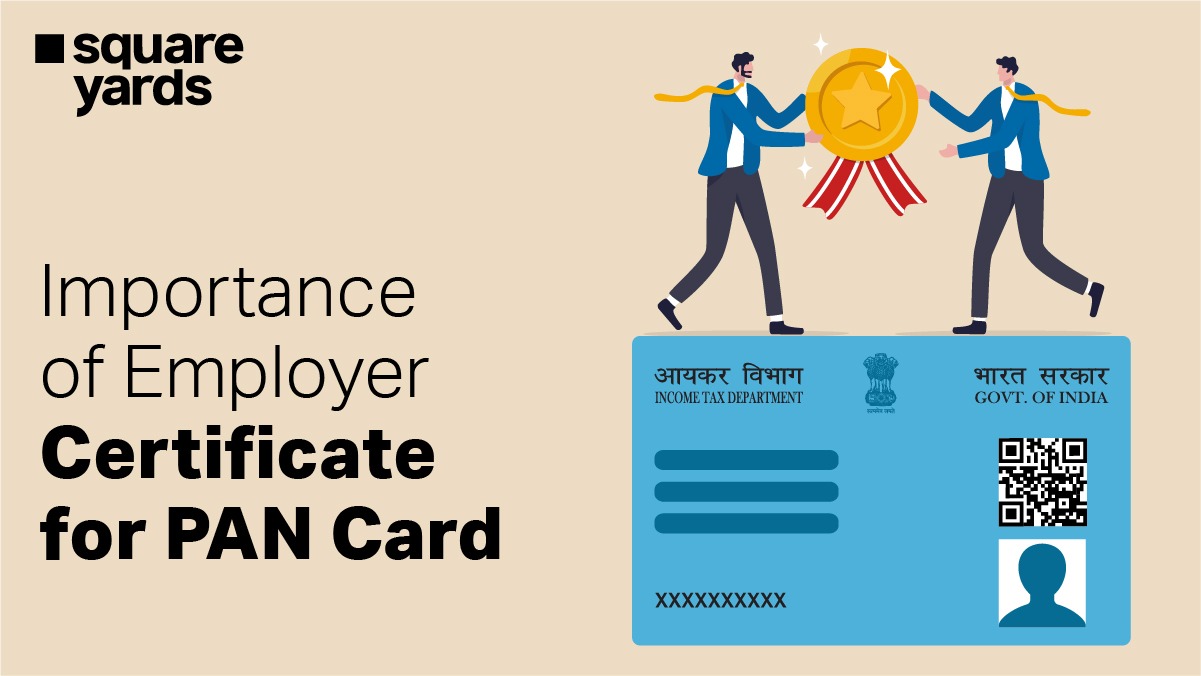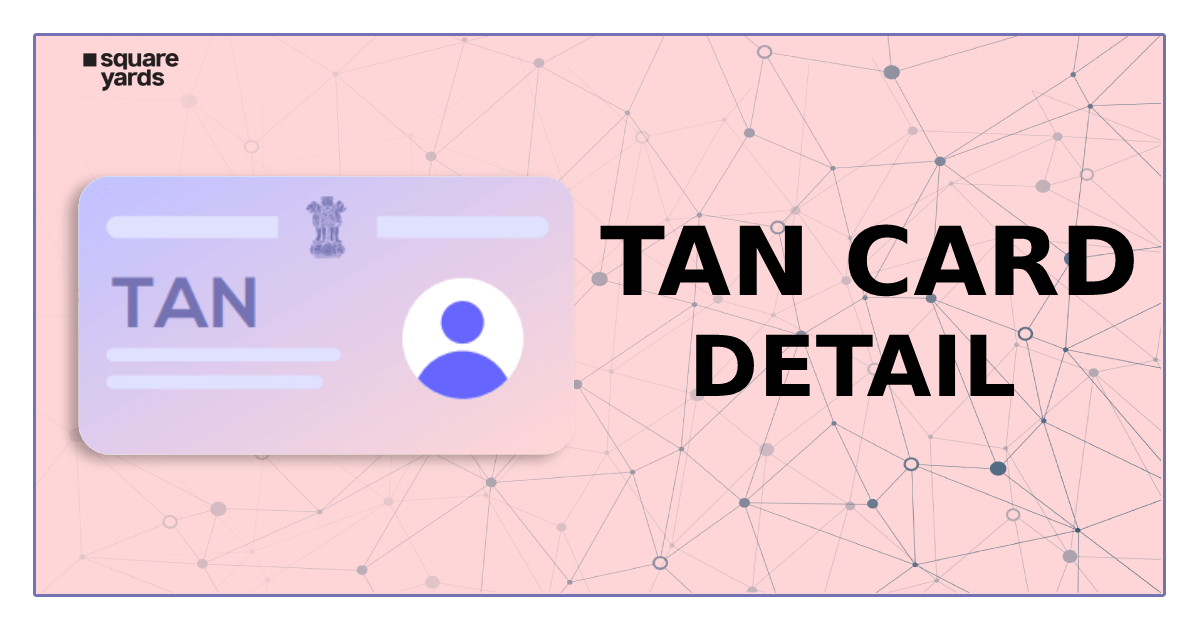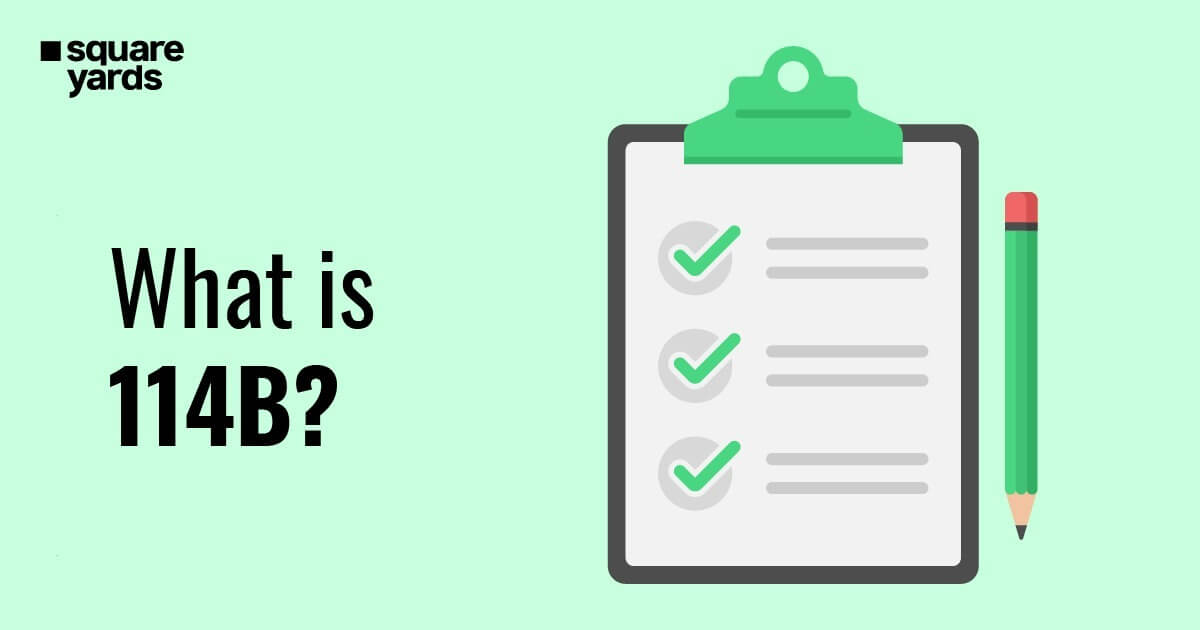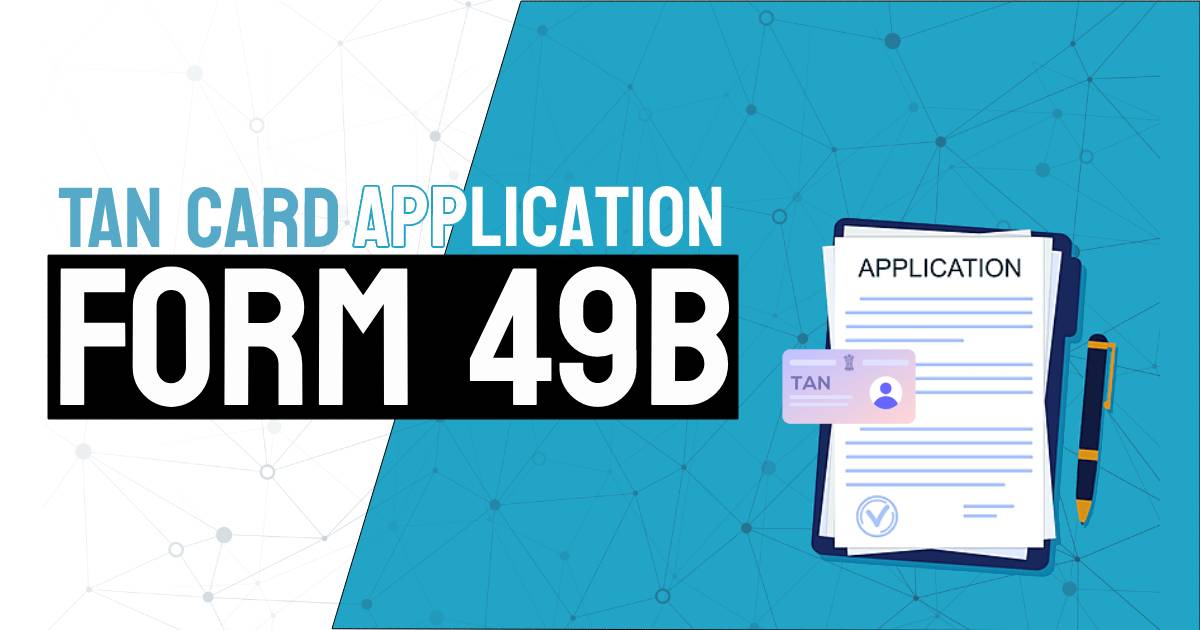Managing the taxation system of a country with a population of 138 crores is one of the most daunting challenges. In order to make it effortless and manageable, Income Tax slabs were introduced. On a yearly basis, the finance minister presents the new tax regime through the Union Budget. Every year you encounter new income tax slab rates which will aid to compute tax that the taxpayer is liable to pay for a specific financial year. At the end of the ongoing financial year, you will be liable to pay income tax and file Income Tax Returns. Both of the tasks will require tax computation and having reliable information about the tax slabs will make this task effortless. Here is what you must know about this new tax regime and what is its importance.
Table of contents
- What is the Income Tax Slab?
- Income Tax Slab Rates for FY 2022-23 (AY 2023-24)
- Things To Keep in Mind Before Opting for the New Income Tax Slab
- Income Tax slabs and Applicable Rates Based Upon Old Regime FY 2020-2021
- Surcharge Rates Applicable To Income Tax
- How to Calculate Income Tax Through Income Tax Slabs?
- Frequently Asked Questions (FAQs)
What is the Income Tax Slab?
Our taxation system orients around slab criteria. Every taxpayer is liable to pay tax based upon this slab system and it is termed as Income Tax Slab. The taxpayer will need to determine under which slab they do fall and then pay the applicable income tax for the financial year. These slabs have a predefined range of incomes. It is classified in accordance with ascending order from lowest income to the highest one. Individuals with low income are either exempted from the taxation or have to pay a smaller amount of tax whereas individuals with higher income will be liable to pay a higher amount. The Income Tax Slab was introduced with the sole agenda of maintaining a fair taxation system across the nation. These slabs tend to change with the announcement of the yearly budget.
Income tax is categorized into three categories:
- The first category belongs to individuals (below 60 years) and included residents as well as non-residents
- Senior citizens (who are Indian residents and fall in the age range of 60 – 80 years)
- Super senior citizens (who are Indian residents and falls have age more than 80 years)
Income Tax Slab Rates for FY 2022-23 (AY 2023-24)
Below depicted tables represent the New Income Tax Slabs together with the applicable rates for the Financial Year 2022-2023 along with the Assessment Year 2023-2024:
a. New Income Tax Slab Rate for Financial Year 2022-2023 (AY 2023-2024)
The new tax regime is made optional. The taxpayers have two options to choose from:
- Taxpayers can pay income tax based upon the lower rates defined in the New Tax regime. This will be applicable only if they forgo specific permissible exemptions as well as deductions mentioned under income tax.
- The taxpayers can continue paying applicable taxes as per the existing rates of tax. The taxpayers can access rebates and exemptions by counting on the old tax regime. This will be applicable when you decide to pay tax as per the updated slab rate and at a higher rate.
New Tax Slab for Financial Year 2022-2023 as Per the New Tax Regime
| Income Tax Slab | New Tax Regime – Slab Rates Financial Year 2022-2023(Applicable for Individuals and HUF) |
| INR 0 to INR 2.5 Lakhs | NIL |
| INR 2.5 lakhs to INR 5 Lakhs | 5% of the total income that is more than Rs.2.5 lakh |
| INR 5 lakhs to INR 7.5 Lakhs | 10% of the total income that is more than Rs.5 lakh + Rs.12,500 |
| INR 7.5 lakhs to INR 10 Lakhs | 15% of the total income that is more than Rs.7.5 lakh + Rs.37,500 |
| INR 10 lakhs to INR 12.50 Lakhs | 20% of the total income that is more than Rs.10 lakh + Rs.75,000 |
| INR 12.5 lakhs to INR 15 Lakhs | 25% of the total income that is more than Rs.12.5 lakh + Rs.1,25,000 |
| Above INR 15 Lakhs | 30% of the total income that is more than Rs.15 lakh + Rs.1,87,500 |
b. Income Tax Slab Rate as per the Old Tax regime – Financial Year 2021-2022
Tax slabs applicable for Individuals who are below 60 years: Income tax slab 2021 to 2022
| Income Tax Slab | New Tax Regime – Slab Rates Financial Year 2021-2022(Applicable for Individuals and HUF) |
| INR 0 to INR 2.5 Lakhs | NIL |
| INR 2.5 lakhs to INR 3 Lakhs | 5 percent (tax rebate 87a is accessible) |
| INR 3 lakhs to INR 5.00 Lakhs | |
| INR 5 lakhs to INR 7.5 Lakhs | 10 percent |
| INR 7.5 lakhs to INR 10 Lakhs | 15 percent |
| INR 10 lakhs to INR 12.50 Lakhs | 20 percent |
| INR 12.5 lakhs to INR 15 Lakhs | 25 percent |
| Above INR 15 Lakhs | 30 percent |
c. Income Tax Slab between 60-80 years (Senior Citizen) Rates Applicable for Financial Year 2021-2022 – As per Old Regime
| Income Tax slabs | Tax Rate |
| Up to Rs.3 lakh | Nil |
| Above Rs.3.00 lakh – Rs.5.00 lakh | 5% of the total income that is more than Rs.3 lakh + 4% cess |
| Above Rs.5.00 lakh – Rs.10 lakh | 20% of the total income that is more than Rs.5 lakh + Rs.10,500 + 4% cess |
| Above Rs.10 lakh | 30% of the total income that is more than Rs.10 lakh + Rs.1,10,000 + 4% cess |
Things To Keep in Mind Before Opting for the New Income Tax Slab
Certain things must be kept in mind before actually counting on the new tax slab:
- The option will be accessible prior to the beginning of the next financial year if you belong to the Hindu Undivided Family and do not have any business-related income.
- As a taxpayer, if you choose the new tax regime then you won’t be able to make any change during the year. If you select the old tax regime then you would be able to switch to the new one in the upcoming financial year.
Go through the below-depicted example to understand how to calculate the income tax for Financial Year 2022-2023:
| Total Income [Gross] | INR 12 lakh |
| Deductions based upon Section 80C, 80CCD | Nil |
| HRA | Nil |
| Allowance offered for Travel and Medical expenses | Nil |
| Taxable Income | INR 12 lakh |
| Up to INR 2.5 lakh | Nil |
| Above INR 2.50 upto INR 5 lakh | INR 12,500 |
| Above INR 5 lakh upto INR 7.50 lakh | INR 25,000 |
| Above INR 7.50 upto INR 10 lakh | INR 37,500 |
| Above INR 10 lakh upto INR 12.50 lakh | INR 50,000 |
| Total Payable Tax | INR 1,25,000 |
Inescapable Conditions to Count on New Tax Regime
The taxpayers who count on the concessional rates under the New Tax Regime are supposed to forgo specific exemptions together with the available deductions within the old tax regime.
In total, there are 70 deductions and exemptions that are not applicable, and the most common ones are listed below:
List of Familiar Exemptions & Deductions “Not Applicable” as Per the New Tax Rate Regime
- Leave Travel Allowance or LTA
- HRA or House Rent Allowance
- Conveyance allowance
- Day-to-day expenses during employment
- Allowance for relocation
- Helper allowance
- Allowance applicable for children education
- Other special allowances listed in Section 10(14)
- Standard deduction applicable on salary
- Professional tax
- Housing loan interest mentioned within Section 24
- The deduction is applicable under Chapter VI-A together with the deduction based on sections 80C,80D, 80E, and many more apart from Section 80CCD(2).
List of Deductions Applicable as Per the New Tax Rate Regime
- Transport allowance offered to the specially-abled people
- Conveyance allowance available for the expenditure incurred while traveling towards the work location
- Investment is done in the Notified Pension Scheme under the Section 80CCD(2)
- Deduction made for offering employment to new employees as per Section 80JJAA
- Depreciation u/s 32 as per the Income-tax act apart from the additional depreciation
- Any allowance offered to travel for employment and towards the transfer
Income Tax slabs and Applicable Rates Based Upon Old Regime FY 2021-2022
Below depicted tables will help you to understand the different income tax slabs and applicable rates under old tax regime:
a. Income Tax Slab for Individual Who are Below 60 Years
|
Income Tax slab |
Applicable Tax Rate |
|
Up to INR 2.5 lakh |
Not Applicable |
|
From INR 2.50 lakh to INR 5.00 lakh |
5 Percent of the annual income if it is beyond INR 2.5 lakh + 4 Percent cess |
|
From INR 5 lakh to INR 10 lakh |
20 Percent of the annual income if it is above INR 5 lakh + INR 12,500 + 4 PErcent cess |
|
Above INR 10 lakh |
30 Percent of the annual income if it is above INR 10 lakh + INR 1,12,500 + 4 Percent cess |
Individuals having an overall income of below INR 5 lakh are liable for tax deductions as per Section 87A.
Refer to the below-depicted example to determine how to calculate income tax under the old regime. For better understanding, we will consider 3 individuals, let say A, B, and C
|
Components for Computation |
A | B | C |
| Annual Salary | INR 500000 | INR 1000000 | INR 1500000 |
| Standard Deduction | INR 50,000 | INR 50,000 | INR 50,000 |
| Tax deductions based upon Section 80C mentioned under the Income Tax Act | INR 70,000 | INR 1,50,000 | INR 1,50,000 |
| Deductions in House Rent Allowance | INR 82,000 | INR 90,000 | INR 1,40,000 |
| Total income (Gross) after deductions | INR 2,88,000 | INR 7,00,000 | INR 11,50,000 |
| Tax computation on the basis of total income (gross) | |||
| Up to INR 2.5 lakh | NA | NA | NA |
| From INR 2,50,001 to INR 5 lakh | INR 1,900 | INR 12,500 | INR 12,500 |
| From INR 5,00,001 to INR 10 lakh | – | INR 40,000 | INR 1,00,000 |
| Above INR 10 lakh | – | – | INR 45,000 |
| Total Tax in INR | INR 1,900 | INR 52,500 | INR 1,57,500 |
| Deductions based upon Section 87A | INR 1,900 | NA | NA |
| Additions of cess in INR | NA | INR 2,100 | INR 6,300 |
| Total amount of payable tax (Total Tax in addition to cess – ( Deductions based upon Section 87A)) | NA | INR 54,600 | INR 1,63,800 |
b. Income Tax Slab for Senior Citizens Between 60 to 80 Years
|
Income Tax slabs |
Tax Rate |
|
Up to INR 3 lakh |
NA |
|
Above INR 3.00 lakh to INR 5.00 lakh |
5 percent of the annual income when above INR 3 lakh + 4 percent cess |
|
Above INR 5.00 lakh to INR 10 lakh |
20 percent of the annual income when above INR 5 lakh + INR 10,500 + 4 percent cess |
|
Above INR 10 lakh |
30 percent of the annual income when above INR 10 lakh + INR 1,10,000 + 4 percent cess |
c. Income Tax Slabs For Senior Citizen Having Age Above 80 Years
| Income Tax slabs | Tax Rate |
| Up to INR 5 lakh | NA |
| Above INR 5 lakh to INR 10 lakh | 20 Percent of the annual income when above INR 5 lakh + 4 Percent cess |
| Above INR 10 lakh | 30 Percent of the annual income when more than INR 10 lakh + INR 1,00,000 + 4 Percent cess |
For domestic ventures, the tax-slabs orients round the annual turnover
| Turnover | Tax Rate |
| When the gross turnover for the financial year is INR 250 crore | 25% |
| When the gross turnover is above INR 250 crore | 30% |
Things to Remember
- In an event where the net income falls in the range of INR 50 lakh to INR 1 crore, both 4 percent cess and 10 percent surcharge will be applicable. If the net income is above INR 1 crore, a 15 percent surcharge will be levied.
- When compared to the previous year’s budget, the cess percentage has been increased from 3 percent to 4 percent.
Surcharge Rates Applicable To Income Tax
When an individual’s income exceeds the limitations defined by the Income Tax Department, then they become liable to pay applicable income tax. The below mentioned table depicts the surcharge rates
For Assessment Year 2023-2024
| Income Range | Liable Rate of Surcharge |
| INR 50 lakhs to INR 1 crore | 10 percent |
| INR 1 crore to INR 2 crore | 15 percent |
| INR 2 crore to INR 5 crore | 25 percent |
| INR 5 crore to INR 10 crore | 37 percent |
| Above INR 10 crore | 37 percent |
For Assessment Year 2022-2023
| Income Range | Liable Rate of Surcharge |
| INR 50 lakhs to INR 1 crore | 10 percent |
| INR 1 crore to INR 2 crore | 15 percent |
| INR 2 crore to INR 5 crore | 25 percent |
| INR 5 crore to INR 10 crore | 37 percent |
| Above INR 10 crore | 37 percent |
How to Calculate Income Tax Through Income Tax Slabs?
To understand the calculation through Income tax slabs let’s refer to an example –
Rahul has a net income of INR 10,00,000 which is taxable. This income is a composite one and includes salary and rental income. The deductions applicable as per Section 80 have been reduced. Rahul wants to determine the due taxes for Financial Year 2021-2022.
| Income Tax Slabs | Tax Rate | Tax Calculation |
| When net income is below and equal to INR 2,50,000 | Not Applicable | |
| Income from INR 2,50,000 to INR 5,00,000 | 5 Percent (INR 2,50,000 to INR 2,50,000) | INR 12,500 |
| Income from INR 5,00,000 to INR 7,50,000 | 15 Percent (INR 5,00,000 to INR 7,50,000) | INR 2,5000 |
| Income from INR 7,50,000 to INR 10,00,000 | 15 Percent | INR 37,500 |
| Tax | INR 7,5000 | |
| Cess | 4 Percent of INR 7,5000 | INR 3,000 |
| Total tax payable for the Financial Year 2021-2022 | INR 78,000 |
Don’t Miss Out:
Frequently Asked Questions (FAQs)
Does an individual need to file Income Tax Return if the annual income is less than INR 2.5 lakh?
As an individual, there is no need to file an Income Tax Return if the net income of the year is below INR 2.5 lakh. Although you will have to file a ‘Nil Return’ for the record purpose. It will act as employment proof. For instance, such ITR will be highly useful when you are applying for any sort of loan and passport.
How is the taxpayer’s income classified?
The income of the taxpayer is classified Under Income Tax Act’s Section 14. As per Section 14 income is categorized into five distinct income heads including salaried individuals, capital gains, profits generated from profession/business, rental income together with income from various other sources.
Does family pension fall in the category of salary income while computing taxation?
No, the family pension doesn’t fall in the category of salary income. Although it will be counted in the category of income from other sources.
Who can file a claim for a rebate under Section 87A?
An Indian resident can file a rebate under Section 87A, only if the overall annual income is below INR 5 lakh. A max rebate of INR 12,500 can be filed under 87A.
Are farmers liable to pay tax for their annual income?
No, farmers, agriculturists, and people carrying forward the allied activities are not liable to pay tax. Although, if you have any non-agricultural source of income then you will be liable to taxation.
Is income up to INR 5 lakh tax-free?
No, taxpayers who fall in the tax slab of INR 0 to 2.5 lakh are exempted from taxation, and the rest will be liable to pay the applicable tax.


